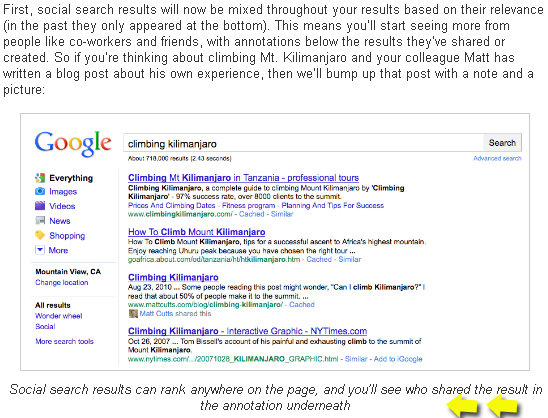Let’s look at three situations.
We’ve all been wondering either on the behalf of the company’s we work for, or the clients we serve, or for ourselves- How can we leverage Facebook to actually make money? Recently, Social commerce platform ChompOn, threw down the gauntlet by publishing some data on how much a Facebook share and tweet is worth.
For those who have never heard of ChompOn, they are a site/service where you’re able to create Groupon like widgets to embed on your website.
Real quickly, for shares and tweets, ChompOn was able to attribute sales to the original action, so they took the total revenue attributed to each action and divided it by the total number of shares/tweets. For likes and follows, they had to estimate attribution by looking at their traffic references and subtracting out purchases made through shares/tweets as well as purchases made through direct traffic.
I don’t know. It seems like such an inexact science. I know it’s based on The notion of group buying shares and likes and tweets but still…Can we be that precise on the value of a share or a tweet? If we were, I would think much more would be happening in this space and business. Is that why Groupon was valuated so high?
What’s not surprising though was that the primary driver of the change in projected spending is because of greater ad spending on Facebook.
”2010 was the year that Facebook firmly established itself as a major force not only in social network advertising but all of online advertising,” said eMarketer principal analyst Debra Aho Williamson, author of the upcoming report “Worldwide Social Network Ad Spending: 2011 Outlook.” “In 2011, its global presence is something multinational advertisers can’t ignore.”
These numbers just blow me away. Look at the change in revenue from 2009 to 2012 in the US alone!
OK last one here. Recently SmartPulse conducted a poll in SmartBrief on Social Media — asking: Have you bought ads on social networks? If so, did the ads deliver a high return on investment?
The choices consisted of the following:
- No, I have never purchased ads on social sites — 64.86%
- Yes, I have bought ads on social networks and the return on investment was low — 27.03%
- Yes, I have bought ads on social networks and the return on investment was high — 8.11%
I’m going to echo the question that was broached in the body of the survey results: “Why is the ad spend on social sites growing so rapidly, and will it continue?” I’m then going to affirm the next statement:
I am astonished by these ad-sales figures, since everyone I seem to ask either says they’ve never purchased social ads, or they have bought ads, but would never do it again because of extremely low return.
Am in the bubble that ignores banner and display ads? Perhaps. isn’t the click thru something like 1/2%? I get it that social networks understand that their main source of income is always going to be derived the majority of the time from advertising. Facebook it would seem, is ideal then, given their 600 million registered users; because it can indeed provide a platform to purchase highly targeted ads based on specific demographics. But I think this highlights a bigger issue-No one is challenging a better way to make money either via Facebook or in social, either from a platform perspective, aside from a subscription model, or from the advertiser/brand side.
So of the three scenarios. Is a Facebook share really worth $14? Are advertisers wasting money on Facebook? What advertiser is making money on Facebook? What brand is doing a killer job of utilizing Facebook to make money and can prove it?






 flu
flu


